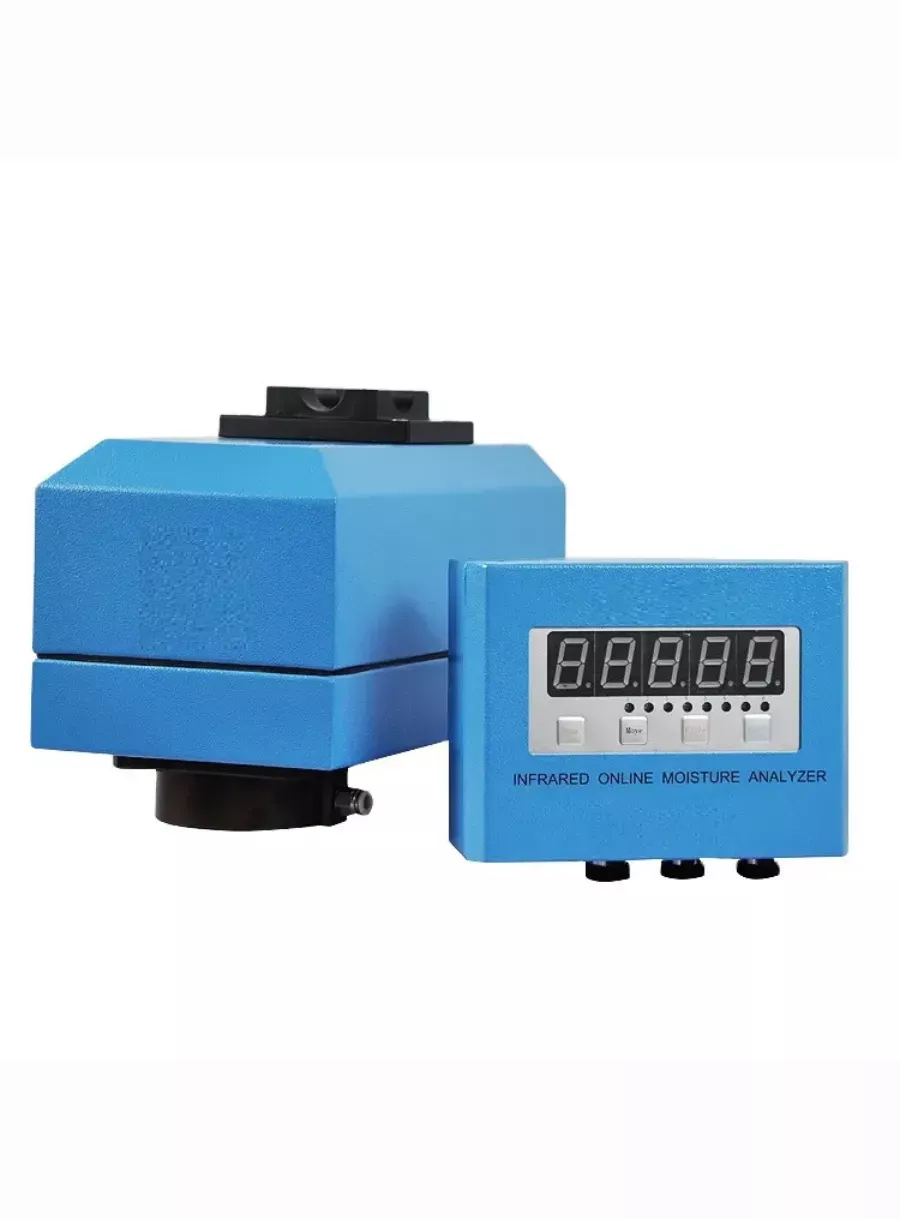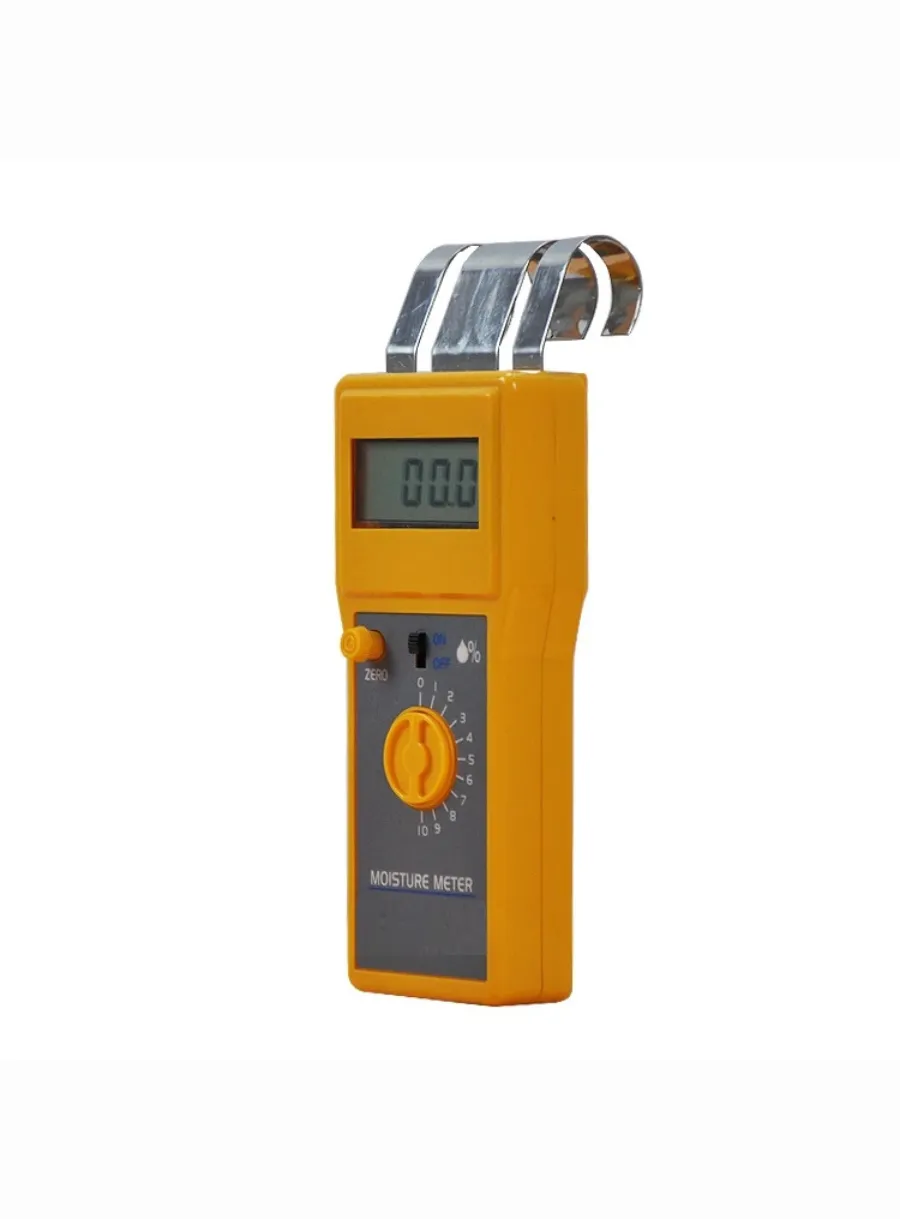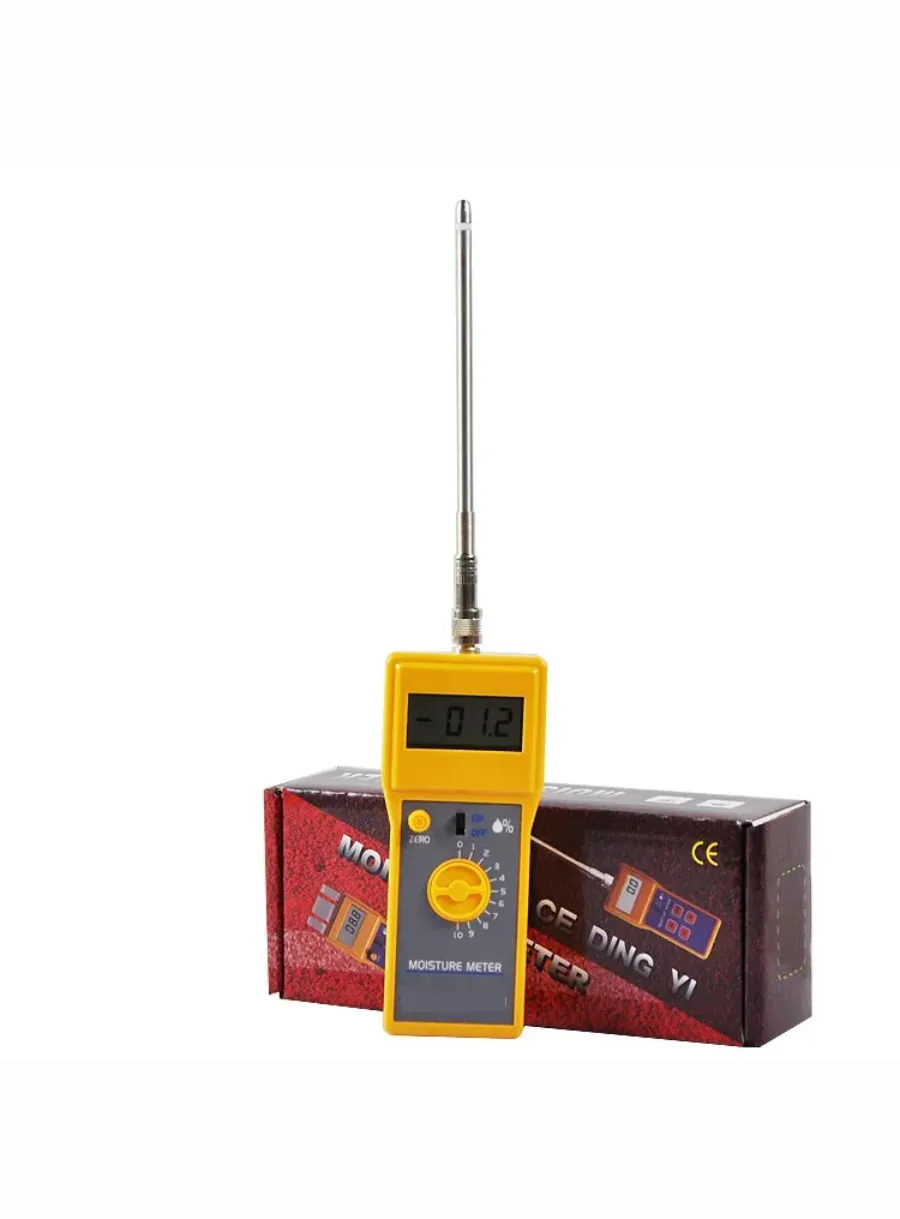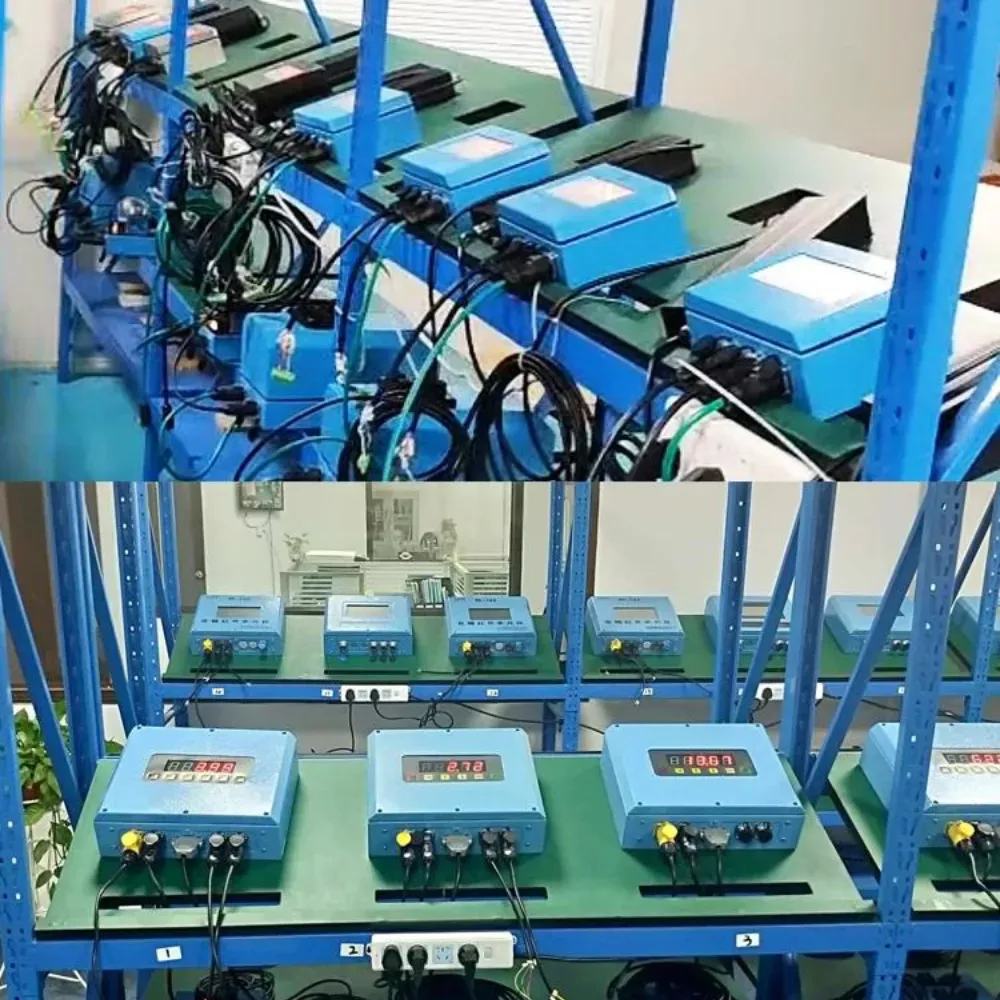
The Different Types of Textile Moisture Meters Available in the Market
Table of Contents
Textile moisture meters are essential tools for the textile industry, as they help to measure the moisture content in fabrics. This is crucial for ensuring the quality and durability of the textiles, as well as for maintaining a consistent production process. In this article, we will discuss the different types of textile moisture meters available in the market, their features, and their applications.
There are several types of textile moisture meters, each with its own unique features and advantages. The most common types include the electrical conductivity method, the infrared method, and the capacitive method.

The electrical conductivity method is the most widely used method for measuring moisture content in textiles. This method works by measuring the electrical conductivity of the fabric, which is directly proportional to the moisture content. The meter consists of two electrodes, which are placed on the fabric, and a circuit that measures the electrical conductivity between the electrodes. The electrical conductivity is then converted into a moisture content value, which can be read on the meter’s display.
Infrared Method
The infrared method is another popular method for measuring moisture content in textiles. This method works by measuring the amount of infrared radiation emitted by the fabric. The moisture content in the fabric absorbs some of the infrared radiation, which is then measured by the meter. The amount of absorbed radiation is then converted into a moisture content value, which can be read on the meter’s display.

Capacitive Method
The capacitive method is a relatively new method for measuring moisture content in textiles. This method works by measuring the capacitance between two electrodes placed on the fabric. The moisture content in the fabric affects the capacitance between the electrodes, which is then measured by the meter. The capacitance value is then converted into a moisture content value, which can be read on the meter’s display.
Comparing Moisture Measurement Methods
Each of these methods has its own advantages and disadvantages. The electrical conductivity method is the most widely used method due to its simplicity and affordability. However, it may not be as accurate as the other methods for certain types of fabrics, such as those with high electrical resistance. The infrared method is more accurate than the electrical conductivity method, but it is also more expensive and requires more maintenance. The capacitive method is a newer method, but it has shown promise in terms of accuracy and reliability.
Types of Textile Moisture Meters
In addition to the different methods of measuring moisture content, there are also different types of textile moisture meters available in the market. These include handheld meters, portable meters, and laboratory meters. Handheld meters are the most common type of textile moisture meter, as they are easy to use and portable. Portable meters are larger than handheld meters and are designed for use in a laboratory setting. Laboratory meters are the most accurate type of textile moisture meter, but they are also the most expensive and require more maintenance.
Conclusion
In conclusion, textile moisture meters are essential tools for the textile industry, as they help to measure the moisture content in fabrics. There are several types of textile moisture meters available in the market, each with its own unique features and advantages. The choice of textile moisture meter depends on the specific needs of the textile industry, as well as the budget and maintenance requirements. By understanding the different types of textile moisture meters and their features, textile manufacturers can make an informed decision when selecting the best meter for their needs.
Comments
Frequently Asked Question
The main types of textile moisture meters include those using the electrical conductivity method, the infrared method, and the capacitive method.
The electrical conductivity method measures the electrical conductivity of the fabric using two electrodes. The conductivity is proportional to the moisture content, which is then displayed on the meter.
Handheld textile moisture meters are popular due to their portability and ease of use, making them suitable for quick measurements in various settings within the textile industry.
Laboratory textile moisture meters are generally the most accurate but also the most expensive and require more maintenance. They are designed for precise measurements in a controlled laboratory environment.

